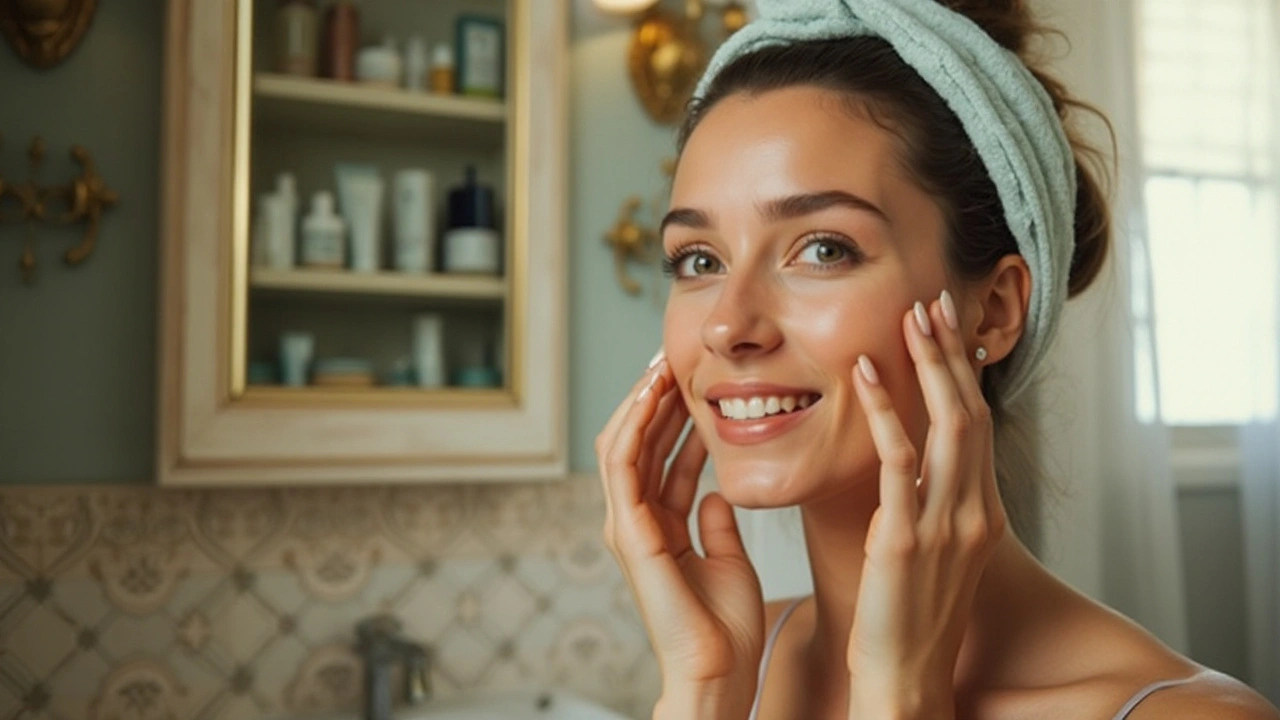Exploring five promising alternatives to Isotroin in 2024, this article provides insights into treatments like topical retinoids, photodynamic therapy, and the Accure laser. These options come with their own benefits and drawbacks, tailored for various acne severities. Understanding these alternatives can help those seeking effective acne solutions without the side effects associated with isotretinoin. This guide aims to assist users in making informed decisions about their skin care.
Acne Treatments: What Works and How to Choose
If you’ve struggled with breakouts, you know how frustrating it can be to find something that actually helps. The good news is that there are plenty of acne treatments out there, from drugstore basics to strong prescription options. Below we break down the most common choices, explain how they work, and give you quick pointers on when to step up the game.
Common Over‑the‑Counter Options
Most people start with products you can buy without a script. The three biggest players are benzoyl peroxide, salicylic acid, and topical retinoids.
Benzoyl peroxide kills the bacteria that make pimples red and inflamed. It comes in strengths from 2.5% to 10%; if you’re new to it, begin with the lower dose to avoid dry skin. Apply it once a day after washing, and increase to twice a day if your skin tolerates it.
Salicylic acid is a beta‑hydroxy acid that unclogs pores by dissolving dead skin cells. It’s great for blackheads and whiteheads. Look for cleansers or spot‑treatments with 0.5%–2% concentration. Use it in the morning and follow with a light moisturizer.
Topical retinoids such as adapalene (a common OTC retinoid) speed up cell turnover, preventing new pimples from forming. They can cause mild irritation at first, so start with a pea‑size amount every other night and build up. Retinoids also help fade post‑acne marks over time.
When using any OTC product, keep your routine simple: cleanse, treat, moisturize, and protect with SPF. Overloading on active ingredients can irritate the skin and make acne worse.
Prescription Treatments and When to See a Doctor
If over‑the‑counter stuff isn’t cutting it after a few weeks, it’s time to talk to a healthcare professional. Prescription options fall into three groups: stronger topical meds, oral antibiotics, and hormonal or isotretinoin therapy.
Stronger topicals include prescription‑strength benzoyl peroxide (up to 10%), higher‑dose retinoids like tretinoin, and combination gels that pair a retinoid with an antibiotic. These work faster but can be drying, so a good moisturizer is essential.
Oral antibiotics such as doxycycline or minocycline reduce acne‑causing bacteria and inflammation. They’re usually prescribed for moderate to severe breakouts and should be taken for no longer than three months to avoid resistance.
Hormonal therapy (oral contraceptives or anti‑androgen pills) helps especially for women whose acne flares with their menstrual cycle. A doctor can match the right hormone combo to your needs.
Isotretinoin (commonly known as Accutane) is the most powerful option. It targets all acne causes—oil production, bacteria, clogged pores, and inflammation. Because of serious side effects, it’s reserved for severe, scarring acne and requires close monitoring.
When you notice any of these signs, consider a doctor visit: persistent cystic lesions, deep nodules, or scarring that’s getting worse. Early treatment can prevent long‑term marks.
Finally, remember that lifestyle still matters. Eat a balanced diet, manage stress, and avoid picking at pimples. A clean pillowcase and regular shower after sweating can cut down on new breakouts.
With the right mix of over‑the‑counter basics and prescription help when needed, you can get clearer skin without endless trial and error. Start simple, watch how your skin reacts, and don’t hesitate to ask a professional for a tailored plan.

